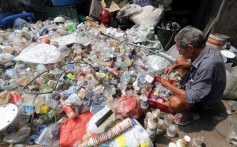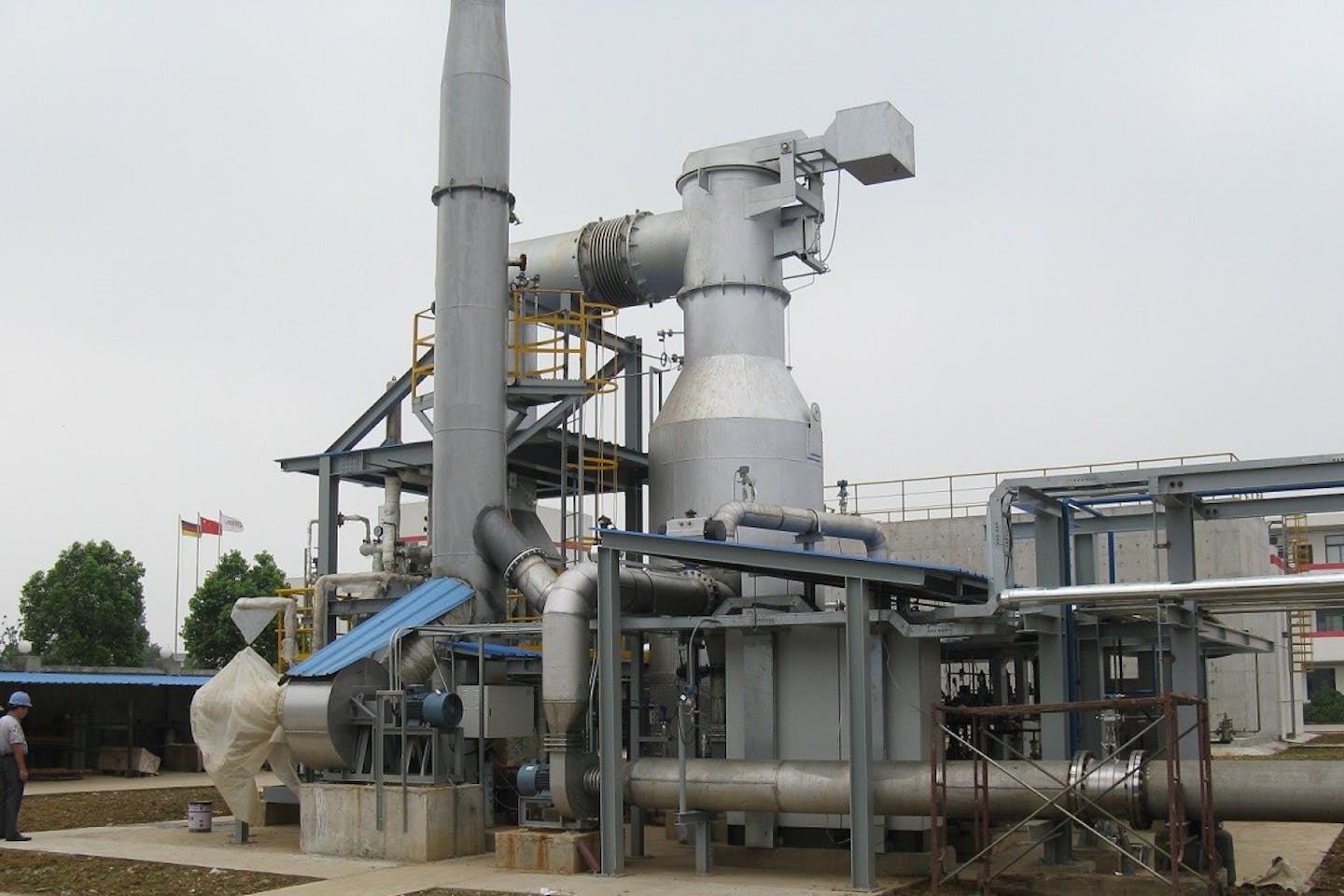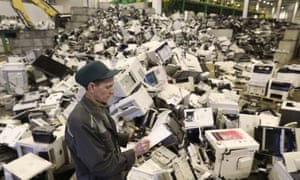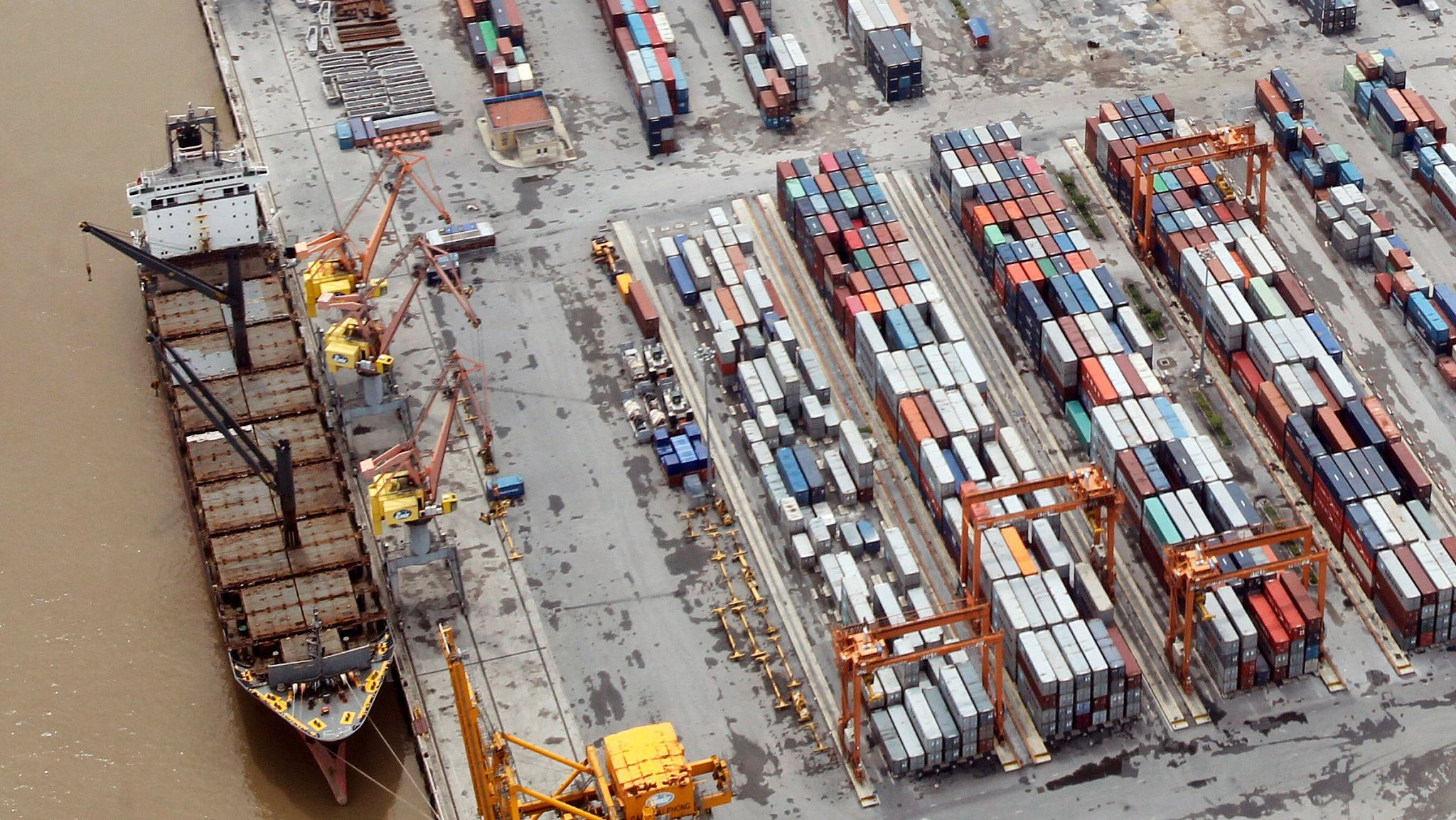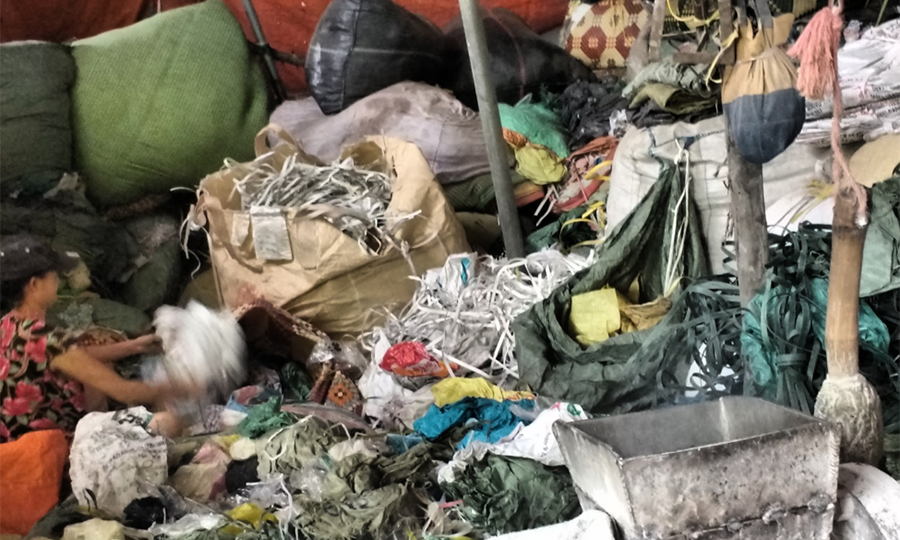Large-scale waste dumping has reportedly choked Vietnamese ports, with hundreds of containers loaded with plastic and paper scraps lying unclaimed, forcing authorities to impose a temporary ban on waste imports.
Tan Cang – Cai Mep International Co., Ltd (TCIT), a terminal services company, in a letter to shipping lines and customers, said it would suspend imports of plastic and paper scrap as a similar decision earlier by another operator, Saigon Newport Corporation (SNC), had led to overcapacity at TCIT terminals.
“From 25th of June to 15th of October, TCIT will stop receiving all imports laden containers of plastic waste,” a letter signed by general director Chang Fa Wei said. Ngo Minh Tuan, deputy head of SNC, in an official communication, claimed previously that about 5,200 containers of plastic and paper waste have been stored for 90 days or longer at its port.
TCIT Port authorities are alarmed that more than 1,132 containers with plastic and paper waste have been stacked up at the port for last few months.
“Customers are not coming forward to claim the scraps. It’s a complicated situation,” Nguyen Thai Thuong, a senior employee of TCIT, told CGTN over the phone.
“The Chinese ban on waste import is the main reason behind the surge of plastic and paper waste imports, undoubtedly.”
The Chinese ban has meant a diversion to Vietnam of the now unwelcome cargo.
Tiếp tục đọc “Plastic and paper scrap imports choke Vietnamese ports” →
/img/iea/3oOpZZzb6W/drainage-picture-2.jpg)




